
Bronze has been a material of choice for sculptures for its strength and ability to capture intricate details. This alloy, traditionally composed of copper and tin, can also include elements like lead or zinc. Its versatility is evident in the creation of male nude sculptures, where the fine detailing is paramount. The casting of bronze can be achieved through methods such as sand casting or the more intricate lost-wax casting, which allows for greater detail and complexity.
Stone carving has also played a significant role in sculptural history, with various types of stone like limestone, alabaster, and marble being used based on regional availability. Marble, in particular, has been a favored medium for its fine grain and potential for a polished finish, making it ideal for the smooth contours of male nude sculptures.
In addition to these traditional materials, modern sculptures, including those depicting the male form, have embraced contemporary mediums such as resin and glass. These materials offer new possibilities in terms of texture, color, and form, expanding the creative horizons for artists and collectors alike.
The craftsmanship involved in creating male nude sculptures is a testament to the artist's skill, whether it's the rough, tactile quality of a wood carving, the smooth, reflective surface of a wax model, or the vibrant, enameled finish of terracotta. Each material brings its own unique qualities to the art, contributing to the depth and diversity of the sculptures available.

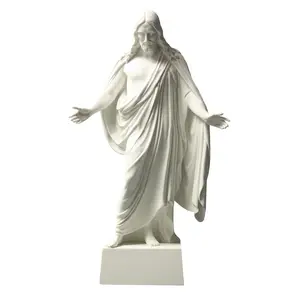

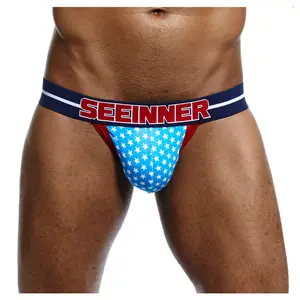



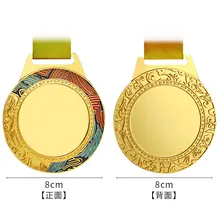

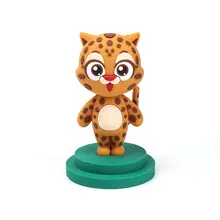












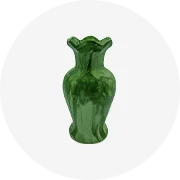
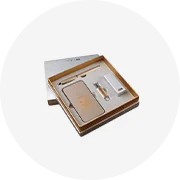













 浙公网安备 33010002000092号
浙公网安备 33010002000092号 浙B2-20120091-4
浙B2-20120091-4